Best Bedroom Plants 2024: You Can Try
- February 8, 2024
- 0 comment
Transforming your bedroom into a serene sanctuary can be as simple as adding a touch of greenery. Not only do indoor plants enhance the aesthetic appeal of your space, but they also have numerous benefits for your well-being. From purifying the air to reducing stress levels, certain plants are particularly well-suited for the bedroom environment. In this article, we’ll explore the top 10 bedroom plants that can elevate your sleep sanctuary to new heights of tranquility and beauty.

Benefits of Plants in Bedroom Settings
| Description | |
|---|---|
| Improved Air Quality | Plants help to filter out toxins and pollutants, such as formaldehyde and benzene, improving indoor air quality and promoting better respiratory health. |
| Enhanced Sleep Quality | Certain plants, like lavender and jasmine, emit soothing scents that can help reduce stress and anxiety, leading to improved sleep quality and relaxation. |
| Stress Reduction | The presence of greenery in the bedroom has been linked to lower levels of stress and anxiety, creating a more calming and tranquil environment conducive to relaxation. |
| Mood Enhancement | Indoor plants can boost mood and overall well-being, providing a sense of happiness and positivity through their visual appeal and connection to nature. |
| Aesthetic Appeal | Plants add beauty and visual interest to bedroom decor, enhancing the overall ambiance and creating a more inviting and serene atmosphere. |
| Oxygen Production | Through the process of photosynthesis, plants release oxygen into the air, increasing oxygen levels in the bedroom and promoting better breathing and overall health. |
| Sound Absorption | Some plants have the ability to absorb sound waves, helping to reduce noise pollution in the bedroom and create a quieter, more peaceful environment conducive to restful sleep. |
| Connection to Nature | Bringing nature indoors through plants fosters a sense of connection to the natural world, promoting feelings of harmony, tranquility, and well-being in the bedroom. |
Types of Bedroom Plants
Lavender (Lavandula spp.)
Known for its calming aroma, lavender is a classic choice for the bedroom. Its scent has been shown to reduce anxiety and promote relaxation, making it ideal for enhancing sleep quality. Additionally, lavender plants require minimal care, thriving in bright sunlight and well-drained soil.
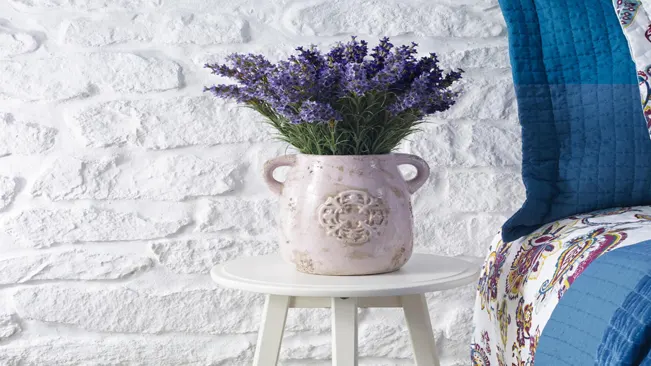
Snake Plant (Sansevieria trifasciata)
If you’re looking for a low-maintenance plant that also purifies the air, the snake plant is an excellent option. It releases oxygen at night, improving air quality while you sleep, and it’s tolerant of low light conditions, making it perfect for bedrooms with limited sunlight.

Peace Lily (Spathiphyllum spp.)
With its elegant white flowers and glossy green leaves, the peace lily adds a touch of beauty to any bedroom. Not only does it help purify the air by removing toxins like formaldehyde and benzene, but it also thrives in low light environments, making it a popular choice for bedrooms.
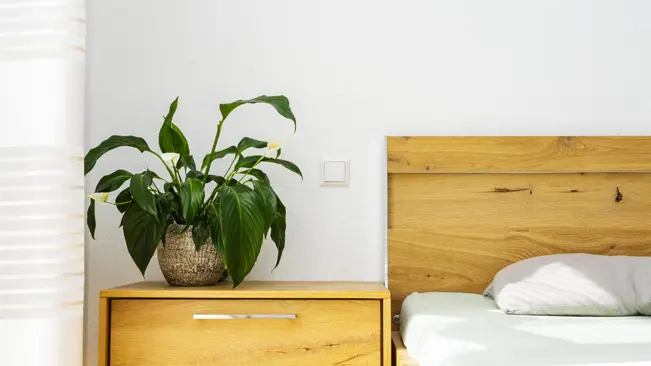
Spider Plant (Chlorophytum comosum)
Another air-purifying powerhouse, the spider plant is easy to care for and safe for pets. It produces offshoots called “spiderettes” that can be propagated into new plants, making it a budget-friendly option for filling your bedroom with greenery.

Aloe Vera (Aloe barbadensis miller)
Beyond its soothing gel, aloe vera is also a great bedroom plant. It releases oxygen at night, improving air quality, and its spiky leaves add visual interest to your space. Plus, aloe vera plants are drought-tolerant and require minimal watering, making them perfect for busy individuals.
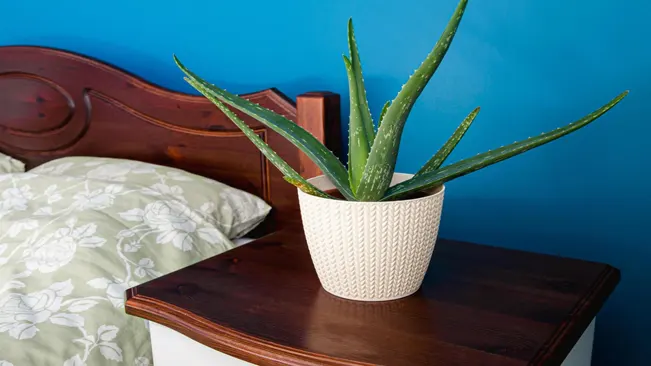
English Ivy (Hedera helix)
If you have allergies or asthma, English ivy might be the perfect bedroom plant for you. Studies have shown that it can reduce airborne mold and allergens, helping to improve indoor air quality. Just be sure to keep it out of reach of children and pets, as it can be toxic if ingested.
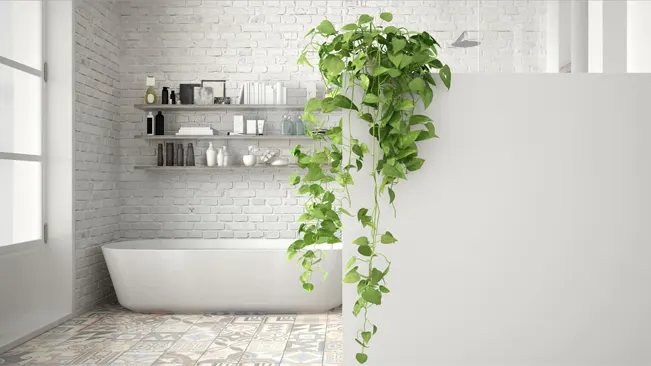
Jasmine (Jasminum spp.)
Not only does jasmine have a delightful fragrance, but it’s also been shown to improve sleep quality and reduce anxiety levels. Place a jasmine plant on your bedside table or near your window to enjoy its calming scent and beautiful white flowers.
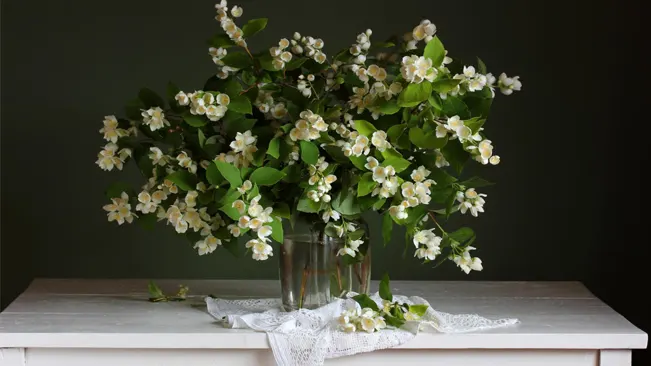
Golden Pothos (Epipremnum aureum)
With its cascading vines and heart-shaped leaves, golden pothos adds a touch of elegance to any bedroom. It’s incredibly resilient and can thrive in low light conditions, making it perfect for bedrooms with limited sunlight. Plus, it’s known for its air-purifying properties, helping to remove toxins from the air.

Rubber Plant (Ficus elastica)
If you’re looking to make a statement with your bedroom plants, the rubber plant is an excellent choice. With its large, glossy leaves and striking appearance, it adds a bold pop of green to your space. It’s also known for its air-purifying abilities, making it a practical and stylish addition to any bedroom.
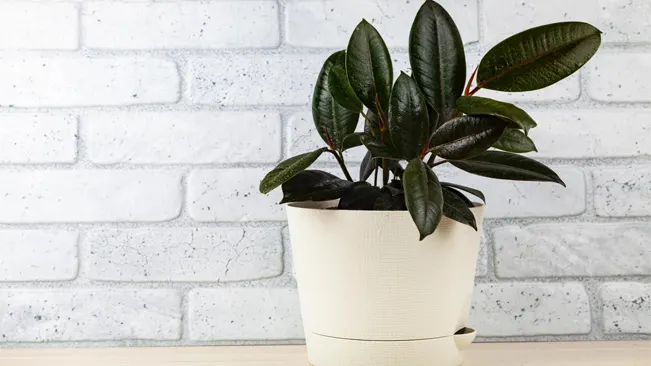
Chinese Evergreen (Aglaonema spp.)
With its vibrant foliage and low-light tolerance, the Chinese evergreen is a popular choice for bedrooms. It’s known for its ability to purify the air and remove toxins like formaldehyde and benzene, helping to create a healthier indoor environment. Plus, it’s easy to care for, making it perfect for busy individuals.
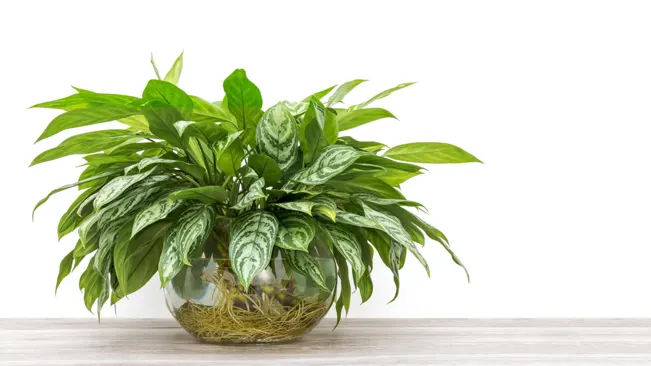
Care and Maintenance
Watering
Ensure proper watering by checking the moisture level of the soil regularly. Water thoroughly when the top inch of soil feels dry to the touch, but avoid overwatering, as it can lead to root rot. Use room temperature water and water directly onto the soil, avoiding wetting the leaves to prevent fungal diseases. Adjust watering frequency based on factors such as plant type, season, and environmental conditions.
Lighting
Determine the lighting requirements of your plants based on their species. Some plants thrive in bright, indirect light, while others prefer low-light conditions. Place plants near windows or sources of natural light, but be mindful of direct sunlight, which can scorch leaves. Rotate plants periodically to ensure even exposure to light and encourage balanced growth.
Temperature and Humidity
Maintain a consistent temperature and humidity level in the bedroom, as extreme fluctuations can stress plants. Most indoor plants prefer temperatures between 65-75°F (18-24°C) during the day and slightly cooler temperatures at night. Increase humidity levels by misting plants with water, placing a tray of pebbles filled with water beneath the pots, or using a humidifier, especially during the winter months when indoor air tends to be dry.
Fertilizing
Feed plants with a balanced liquid fertilizer diluted to half strength every 4-6 weeks during the growing season (spring and summer). Reduce or cease fertilization during the dormant season (fall and winter) when plants are not actively growing. Follow the specific fertilizer recommendations for each plant species, as requirements may vary.
Pruning and Grooming
Remove dead or yellowing leaves and spent flowers regularly to promote overall plant health and appearance. Trim back overgrown or leggy growth to encourage bushier, more compact growth. Use clean, sharp scissors or pruning shears to avoid damaging the plant.
Pest Control
Monitor plants regularly for signs of pests such as aphids, spider mites, or mealybugs. Treat infestations promptly with organic or chemical insecticides, insecticidal soap, or neem oil, following the manufacturer’s instructions. Isolate infested plants to prevent the spread of pests to other plants in the bedroom.
Repotting
Repot plants into larger containers with fresh potting soil when they outgrow their current pots or become root-bound. Choose pots with drainage holes to prevent waterlogging and promote healthy root growth. Repot during the spring or early summer when plants are actively growing to minimize transplant shock.
List of Pet-friendly, Non-Toxic, and Allergy-friendly Plants
Spider Plant (Chlorophytum comosum)
Spider plants are safe for pets and humans alike, making them an excellent choice for bedroom decor. They are known for their air-purifying properties and easy care requirements.
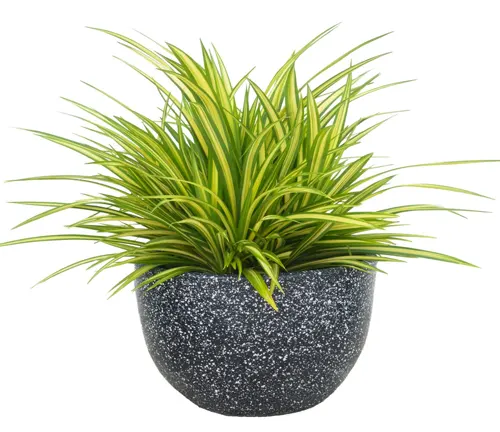
Boston Fern (Nephrolepis exaltata)
Boston ferns are non-toxic and safe for pets, making them a popular choice for indoor spaces. They thrive in humid environments, making them ideal for bedrooms with higher humidity levels.
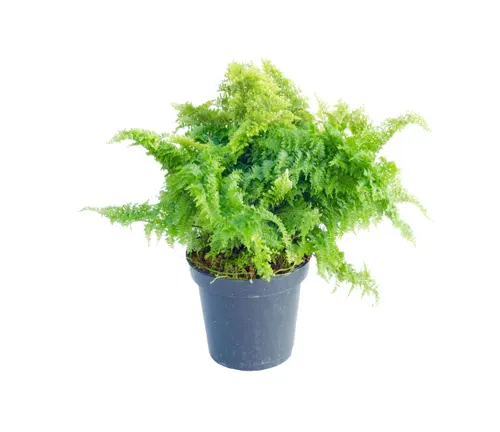
Areca Palm (Dypsis lutescens)
Areca palms are safe for pets and have the added benefit of being excellent air purifiers. They thrive in bright, indirect light and can add a tropical touch to your bedroom decor.
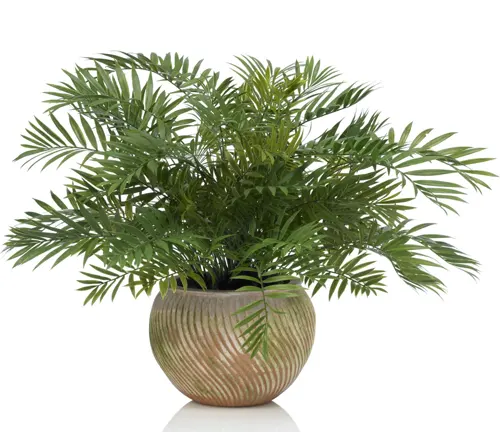
Bamboo Palm (Chamaedorea seifrizii)
Bamboo palms are non-toxic to pets and can help improve indoor air quality by removing toxins. They prefer indirect light and regular watering to thrive in indoor environments.

Parlor Palm (Chamaedorea elegans)
Parlor palms are safe for pets and are relatively low-maintenance, making them suitable for bedroom settings. They prefer low to moderate light levels and consistent watering.
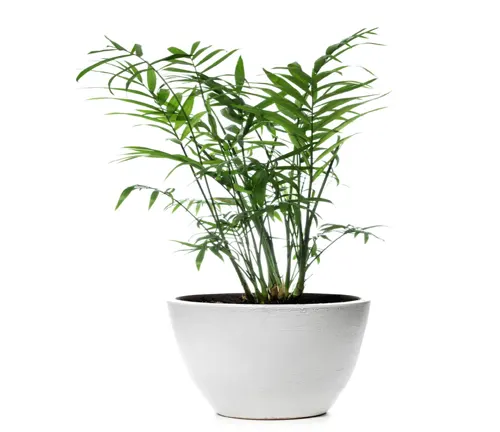
Peperomia (Peperomia spp.)
Peperomias are pet-friendly and come in a variety of leaf shapes and colors, adding visual interest to your bedroom. They prefer bright, indirect light and well-draining soil.
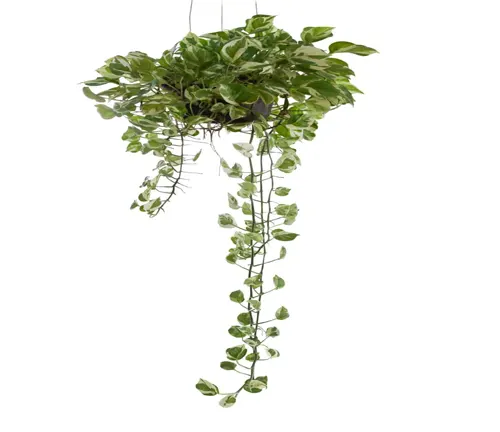
Calathea (Calathea spp.)
Calatheas are non-toxic to pets and offer unique foliage patterns that can enhance the aesthetic appeal of your bedroom. They prefer low to moderate light and high humidity levels.
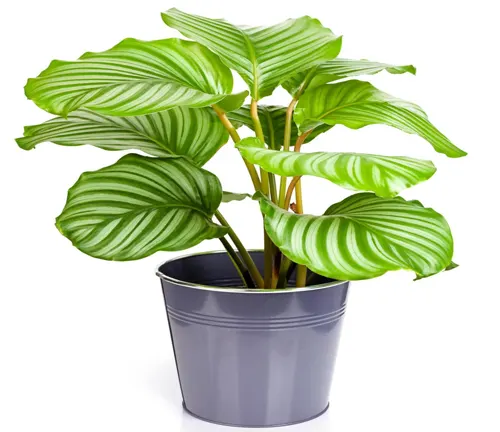
Cast Iron Plant (Aspidistra elatior)
Cast iron plants are safe for pets and are incredibly resilient, tolerating low light and neglect. They are an excellent choice for low-light bedrooms where other plants may struggle to thrive
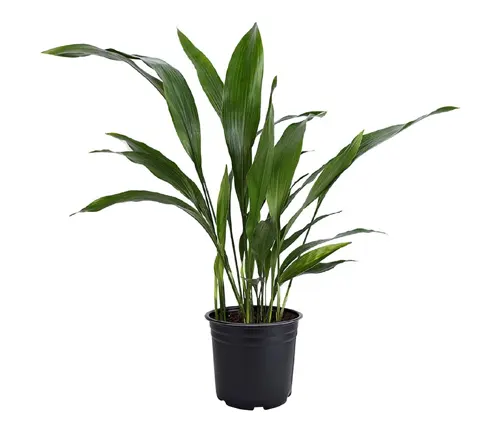
African Violet (Saintpaulia spp.)
African violets are safe for pets and add a pop of color with their delicate flowers. They prefer bright, indirect light and consistently moist soil.
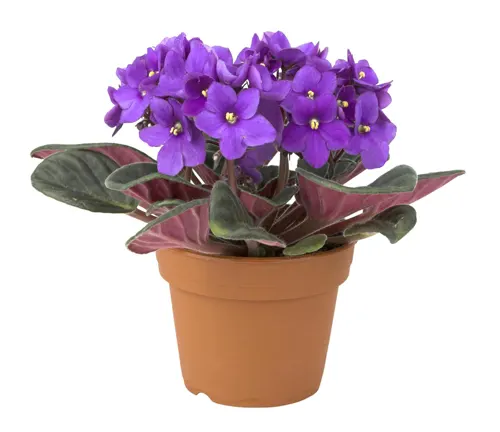
Phalaenopsis Orchid (Phalaenopsis spp.)
Phalaenopsis orchids are non-toxic to pets and can add a touch of elegance to your bedroom decor with their stunning blooms. They prefer bright, indirect light and regular watering to thrive.
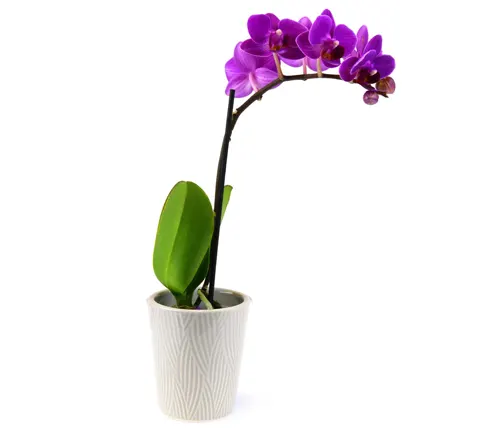
Conclusion
Bringing the beauty of nature into your bedroom can have a profound impact on your well-being and sleep quality. Whether you’re looking to purify the air, reduce stress, or simply enhance the aesthetic appeal of your space, there’s a perfect plant for every bedroom. From the calming aroma of lavender to the air-purifying properties of snake plants, these 10 bedroom plants will transform your sleep sanctuary into a tranquil oasis of green serenity.
FAQs (Frequently Asked Questions)
- What are the best plants for bedrooms?
This question is commonly asked by individuals looking to add greenery to their sleeping space. Providing a list of suitable plants, such as snake plants, peace lilies, and lavender, can help answer this query. - Do bedroom plants improve air quality?
Many people wonder if plants have the ability to purify the air in their bedrooms. Addressing this question involves explaining how certain plants can remove toxins and produce oxygen, enhancing indoor air quality. - How do I care for bedroom plants?
Understanding the care requirements of indoor plants is crucial for their health and longevity. Providing guidance on watering frequency, sunlight exposure, and soil type can help individuals properly care for their bedroom plants. - Are there any plants that help promote sleep?
Some individuals may seek plants specifically known for their sleep-promoting properties. Explaining the benefits of plants like jasmine, which has a calming scent, can answer this question. - Can I keep plants in my bedroom if I have allergies?
Allergy sufferers may be concerned about introducing plants into their bedrooms. Offering information on hypoallergenic plants or plants that can improve indoor air quality without exacerbating allergies can address this concern. - Which plants are safe for pets in the bedroom?
Pet owners often want to ensure that the plants they choose are safe for their furry companions. Providing a list of non-toxic plants, such as spider plants and Boston ferns, can help pet owners select suitable options. - How can I prevent pests from infesting my bedroom plants?
Dealing with pests like spider mites or aphids can be a common concern for indoor plant enthusiasts. Offering tips on pest prevention, such as regular inspection and proper watering practices, can help address this issue. - Do bedroom plants require special lighting?
Understanding the lighting needs of indoor plants is essential for their growth and health. Explaining the difference between low-light, medium-light, and bright-light plants can help individuals choose the right plants for their bedroom environment. - What are the benefits of having plants in the bedroom?
Many people may be curious about the advantages of incorporating plants into their sleeping space. Discussing the benefits, such as stress reduction, improved mood, and enhanced sleep quality, can help answer this question. - How do I choose the right-sized plants for my bedroom?
Selecting plants that fit well in the available space is important for creating a visually appealing bedroom environment. Providing guidance on choosing appropriately sized plants based on available space and personal preference can help individuals make informed decisions.

Kristine Moore
Forestry AuthorI'm Kristine Moore, a seasoned garden landscaping professional with over 30 years of experience. My extensive career has been dedicated to transforming outdoor spaces into stunning, sustainable landscapes. With a deep understanding of horticulture, design principles, and environmental stewardship, I have become a respected figure in the field, known for creating harmonious, visually appealing, and eco-friendly gardens. My commitment to excellence and continuous learning in landscaping trends and techniques has solidified my reputation as an expert in garden design and implementation.













Leave your comment